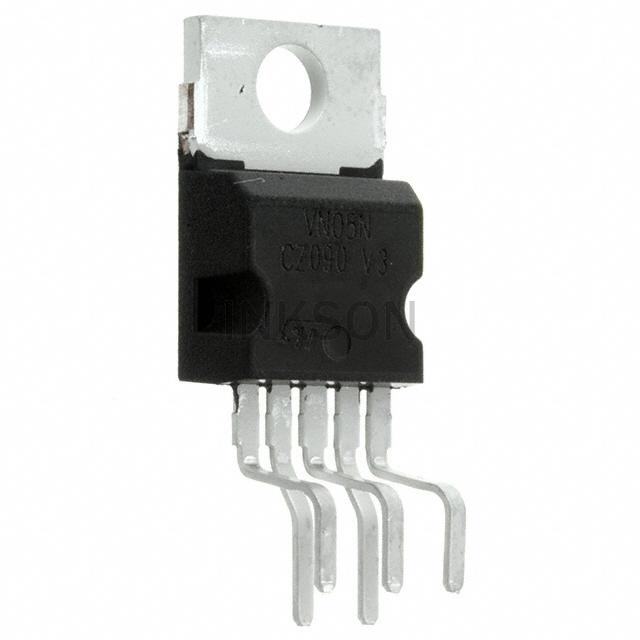Comparing the RP2040 and ESP32 involves considering a range of factors to determine which is better suited for a particular use case. Here's a detailed breakdown of the two platforms:

RP2040:
- Manufactured by: RP2040 is a microcontroller chip developed by Raspberry Pi.
- Core: Dual-core ARM Cortex-M0+ running at up to 133MHz.
- Features:
- 26 GPIO pins.
- 2 MB of onboard flash memory.
- 264KB of embedded SRAM.
- Support for numerous communication protocols, including I2C, SPI, UART, and more.
- Programmable IO (PIO) state machines.
- Development Environment: It is designed to be used with C and C++, and it supports MicroPython and CircuitPython.
- Price: Generally priced at a competitive level.
- Community and Support: As a product from Raspberry Pi, it benefits from the strong community and support network associated with the brand.
ESP32:
- Manufactured by: ESP32 is a microcontroller chip developed by Espressif Systems.
- Core: Dual-core Tensilica LX6 microprocessors running at up to 240MHz.
- Features:
- Built-in Wi-Fi and Bluetooth connectivity.
- 36 GPIO pins.
- Ultra-low-power co-processor.
- Integrated hall sensor, temperature sensor, and touch sensor.
- Development Environment: It supports Arduino IDE, Micropython, and ESP-IDF (Espressif IoT Development Framework).
- Price: Generally competitively priced, often slightly higher than the RP2040.
- Community and Support: The ESP32 also boasts an active user community and developer support network, and it is backed by Espressif's resources.
Comparison:
- Performance: The ESP32 generally offers higher clock speeds and a wider array of integrated functionalities, such as Wi-Fi and Bluetooth, making it suitable for more complex applications.
- Connectivity: In terms of integrated connectivity, the ESP32 stands out due to its built-in Wi-Fi and Bluetooth capabilities, while the RP2040 primarily focuses on general-purpose input/output.
- Power Consumption: The RP2040 is designed with a focus on power efficiency, which can be advantageous for certain battery-powered or low-power applications.
- Community and Ecosystem: Both platforms have strong user communities and support, with extensive documentation and resources available.
Use Cases:
- RP2040: The RP2040 would be well-suited for applications that require a balance of performance and power efficiency, with an emphasis on GPIO and low-level control. It is also a good choice for projects leveraging Raspberry Pi's ecosystem.
- ESP32: Ideal for applications that demand wireless connectivity such as IoT devices, home automation, or projects requiring Bluetooth and Wi-Fi connectivity.
Ultimately, the "better" choice relies on the specific requirements of a given project. If wireless connectivity is a priority, the ESP32's integrated features might be more suitable. If power efficiency and a strong GPIO focus are more important, the RP2040 could be the better choice. Each excels in different areas, and the choice should be driven by the specific needs of the project at hand.


